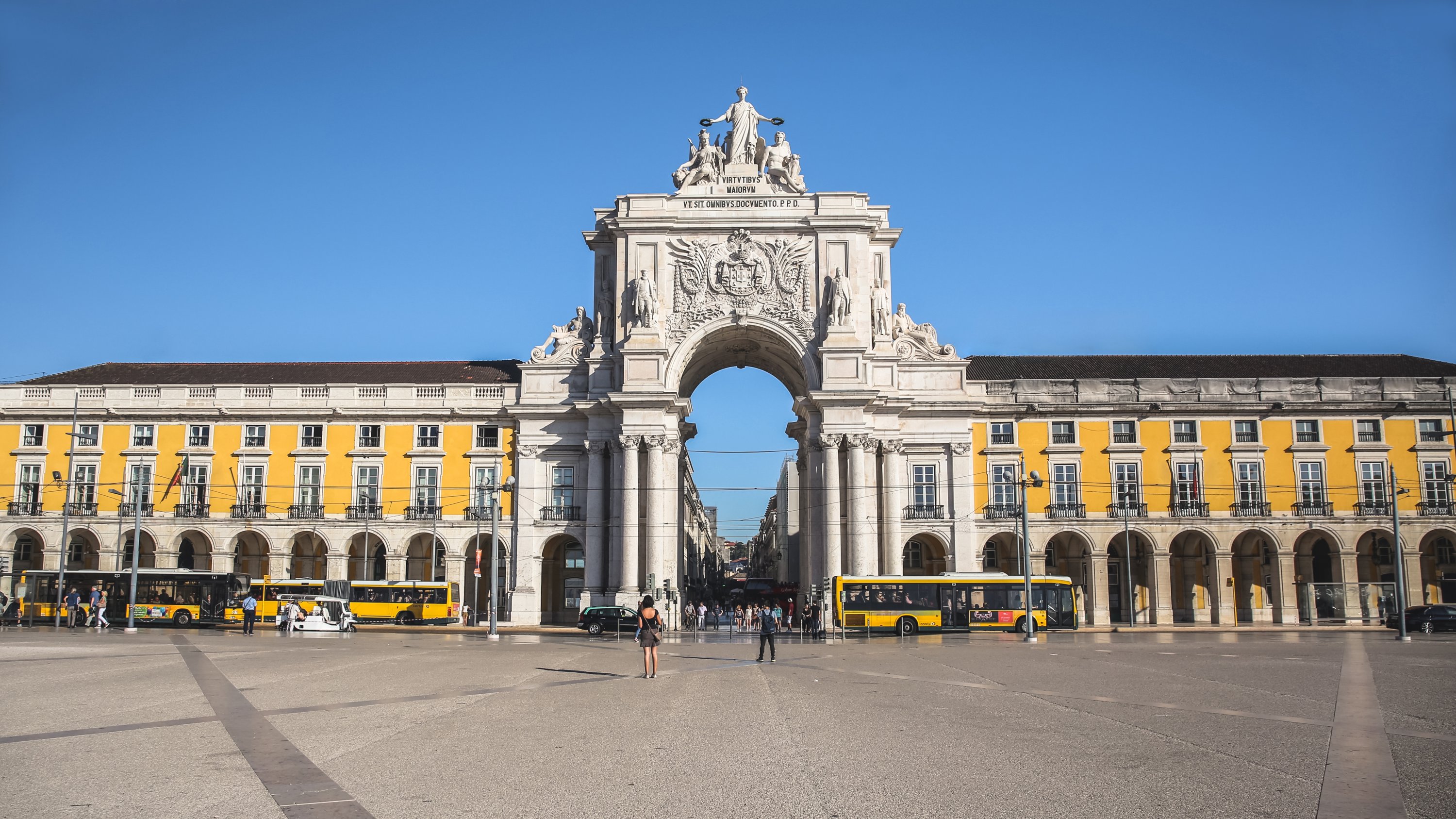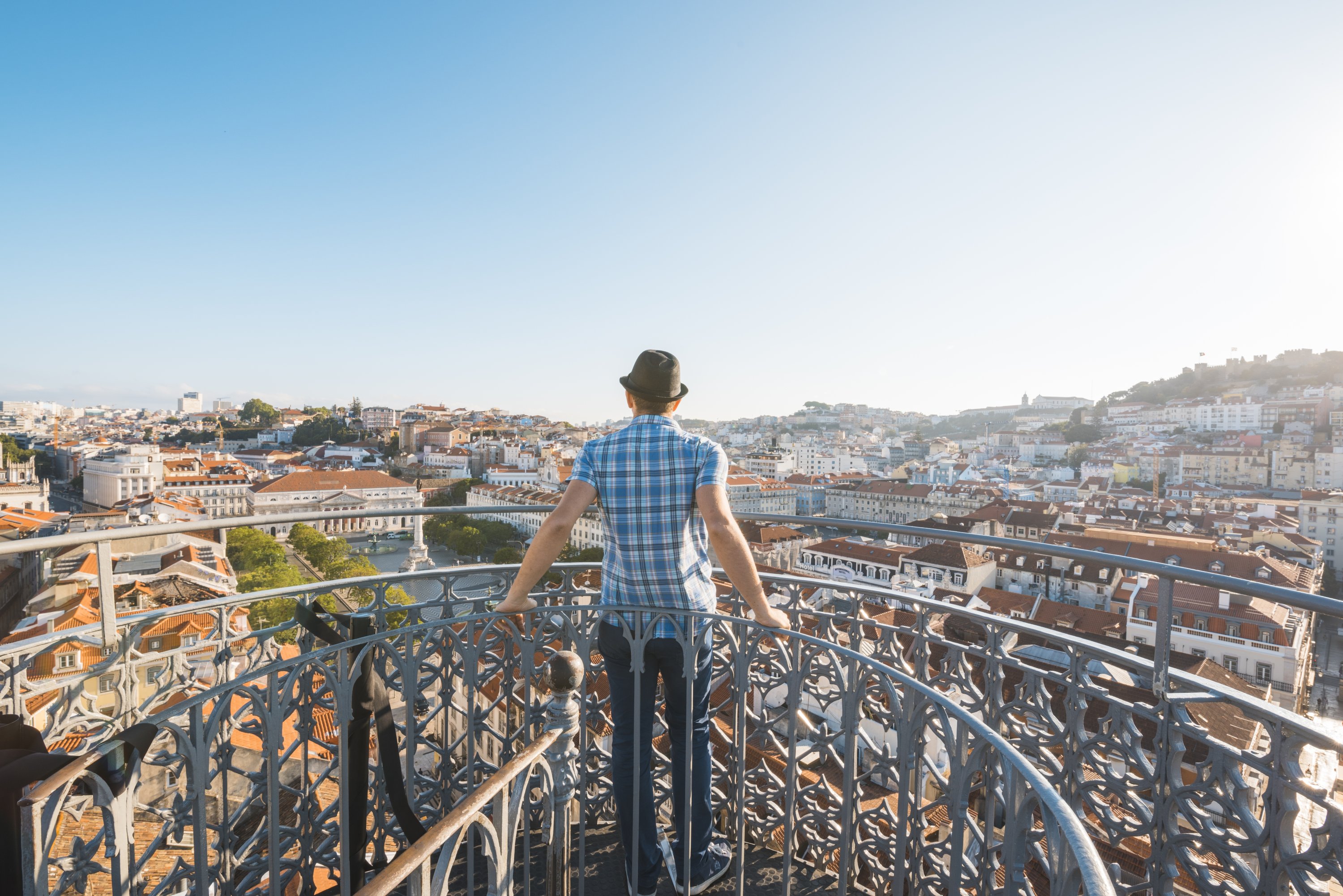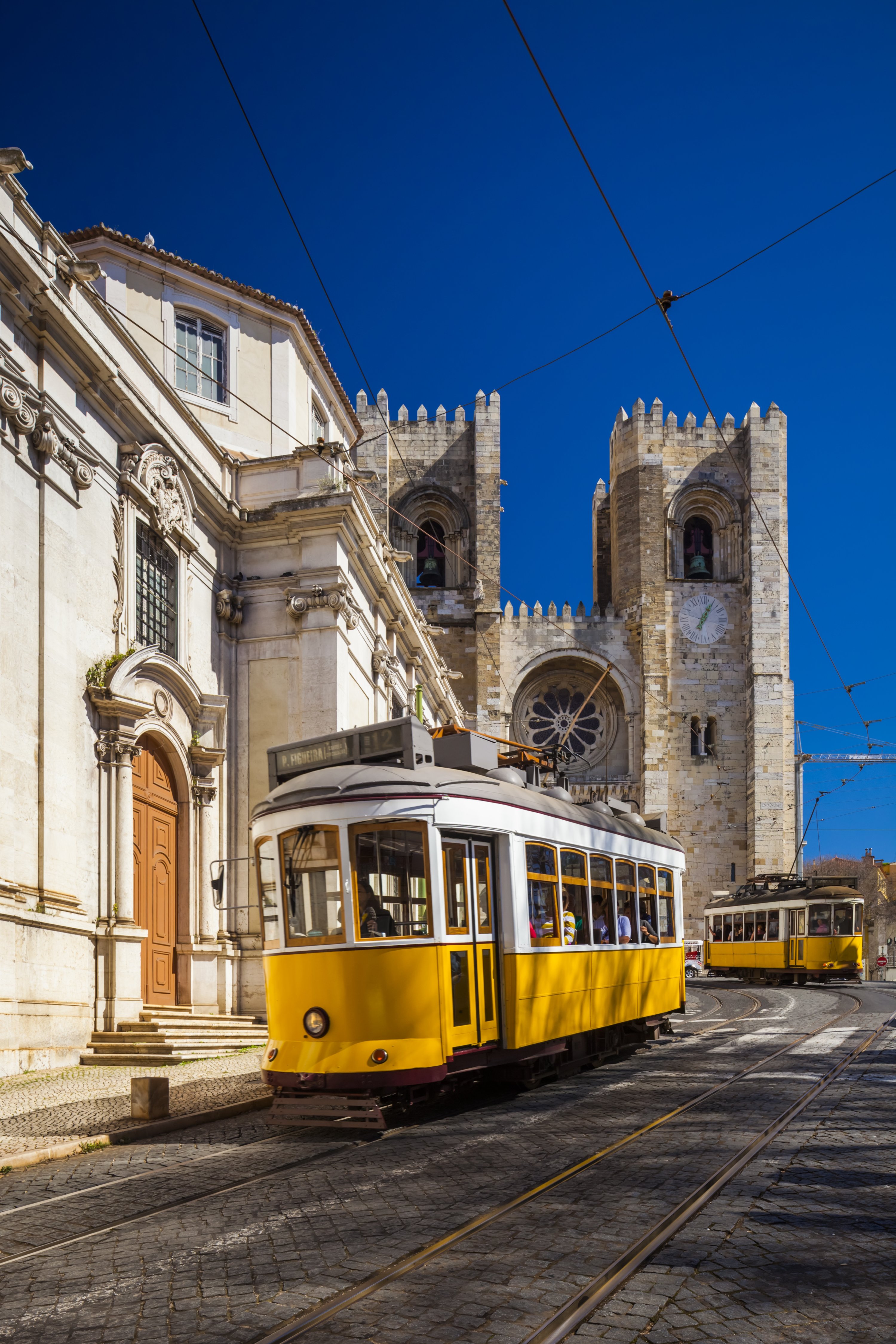© Turkuvaz Haberleşme ve Yayıncılık 2026
Welcome to the second installment of our series, "Porto or Lisbon?" If you're reading this, you have taken the second and final step toward deciding which of these two cities you'll visit first. After exploring Porto's streets adorned with magnificent ceramic-designed architecture, it's now Lisbon's turn.
So, what awaits you in Lisbon?
Lisbon is the capital of Portugal and has a coastline along the Atlantic Ocean. It is one of Western Europe's most magnificent cities. The city is divided by the Tagus River, the largest river on the Iberian Peninsula, which flows into the Atlantic Ocean.
Similar to cities like Rome and Istanbul, Lisbon is built on seven hills, connected by bridges that resemble those over the Bosporus.
Lisbon boasts diverse districts such as Baixa, Alfama, Belem and Alcantara, each offering attractions that appeal to every tourist.
This large square, considered Lisbon's most important and largest, gained its current appearance after the 1755 Lisbon earthquake. Located by the Tagus River, it features a statue of King Joseph at its center and the Triumphal Arch on Rua Augusta Street, Lisbon's most touristic street.

Historically, this square served as a market for merchants returning from expeditions in the 18th century, making it an ideal starting point for your Lisbon exploration.
This bustling street, popular among street artists and tourists alike, has restaurants and cafes, making it one of Lisbon's most visited spots. Accessible through the Triumphal Arch, this street is a must-visit for its vibrant atmosphere and cultural richness.
Acknowledging Lisbon's hilly terrain, the Elevador de Santa Justa, resembling Paris' Eiffel Tower, was constructed in 1902 by Raul Mesnier. This elevator connects the Baixa district to Bairro Alto, easing transportation and serving as a tourist attraction with its panoramic terrace offering views of Baixa. Its location on Rua Augusta makes it an essential experience for visitors.

Rebuilt after earthquake damage, Lisbon Cathedral, also known as the Se de Lisboa, dazzles at night with its illuminations. As Lisbon's oldest church, it holds historical significance and architectural beauty.

Located in Baixa, this street hosts famous European brands alongside restaurants and cafes, which are ideal for shopping and dining experiences.
Known for its vibrant nightlife, Bairro Alto offers a variety of venues for music and local cuisine, including the renowned Fado venue, Tasca Da Chico.
Built during the Age of Discovery, Torre de Belém features intricate Portuguese decorative elements and Moorish influences. Dedicated to Vasco De Gama, it offers stunning views and is a short walk from the Monument to the Discoveries.
A masterpiece of Gothic, Islamic and Renaissance architecture, Jeronimos Monastery in Belem promises breathtaking photo opportunities alongside Santa Maria Church, a must-see.
Transformed from an old fabric factory into an arts and entertainment hub in Alcantara, LX Factory houses galleries, concept stores, and cafes and hosts events like concerts and exhibitions.
Navigating Lisbon's hills is made easier by its metro and tram network, with the iconic Tram 28 symbolizing the city. This tram not only transports but also offers a nostalgic tour of Lisbon's iconic landmarks.

As you conclude this series, it's decision time.
Whether Lisbon captivates you with its vibrant energy, rich history and modern charm, or Porto embraces you with its tranquil streets and timeless elegance, both cities promise to deliver unforgettable experiences and lasting memories. Whichever city you explore first, Portugal stands ready to enchant you at every turn. Now, the choice awaits: Porto or Lisbon?
